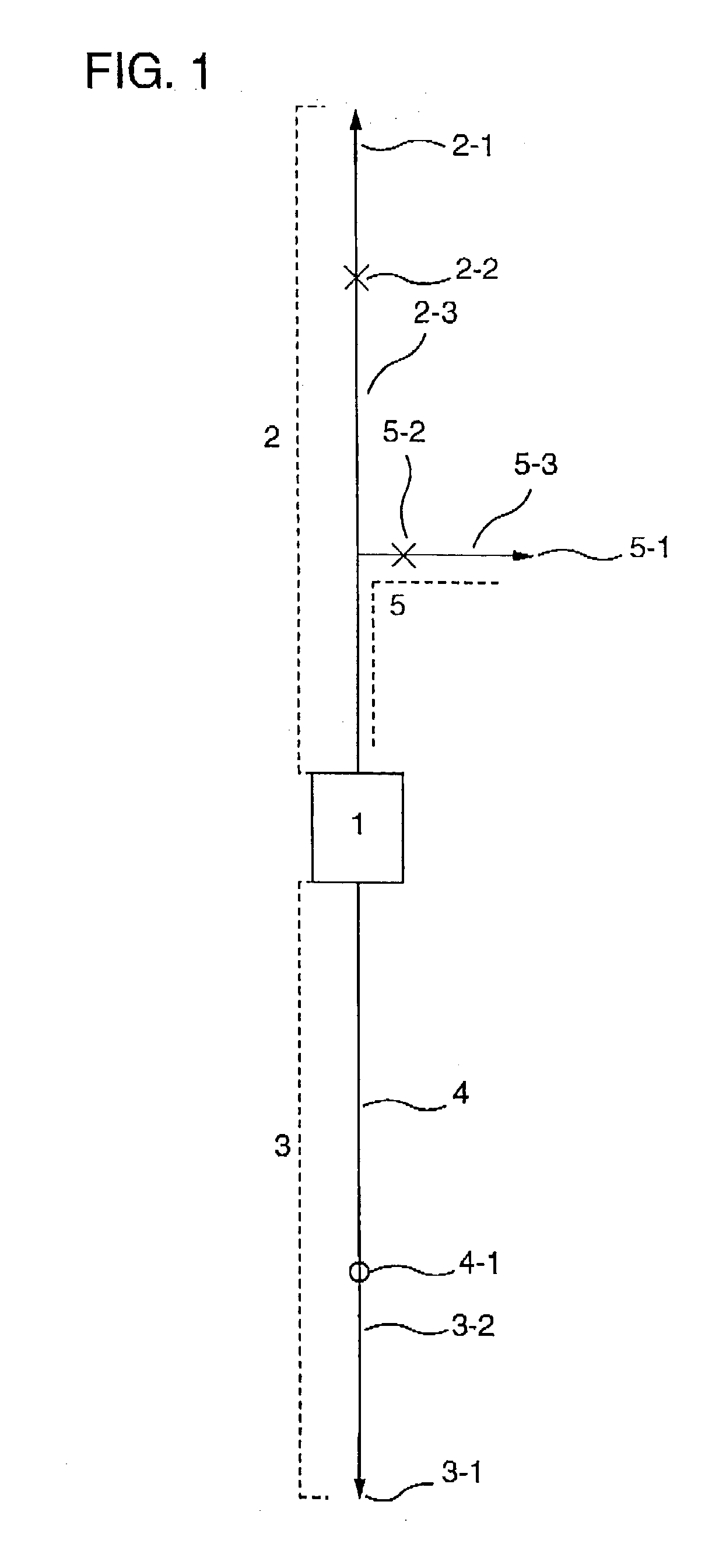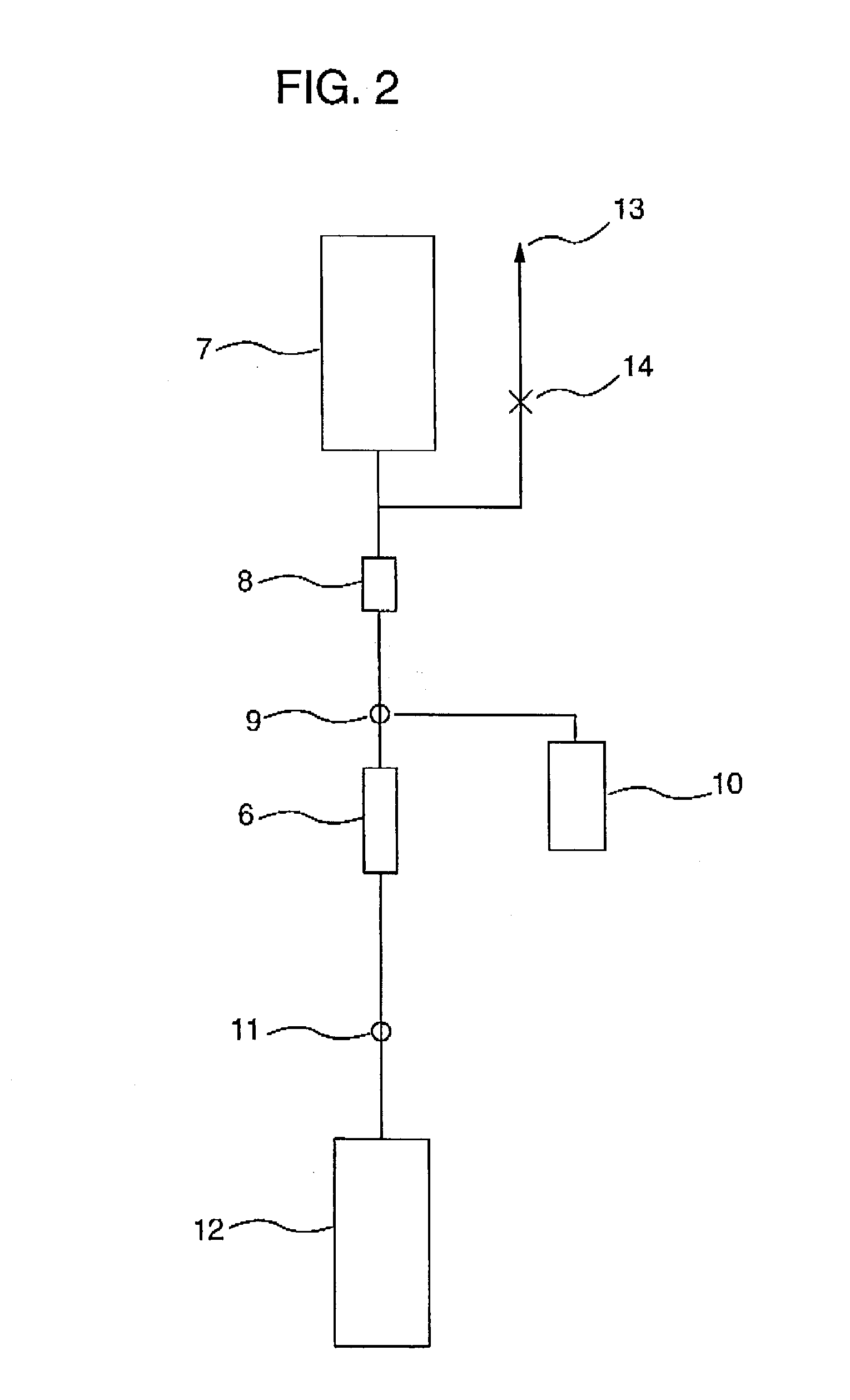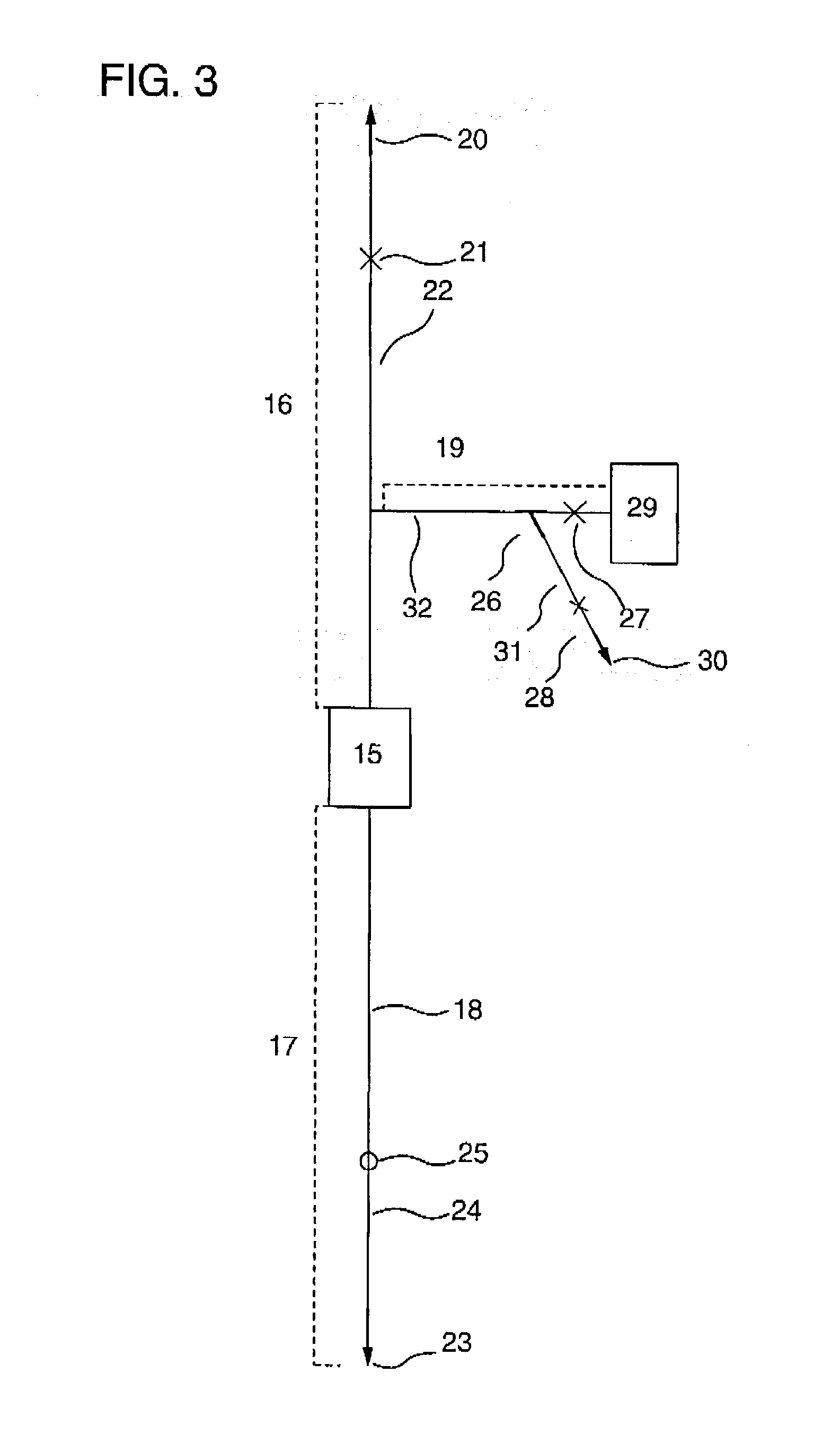Method of regenerating blood vessels
- Summary
- Abstract
- Description
- Claims
- Application Information
AI Technical Summary
Benefits of technology
Problems solved by technology
Method used
Image
Examples
example 1
[0115] This working example shows an example of cell separation in the case where a cell-containing fluid was cord blood, cells to be recovered are a mononuclear cell fraction containing hematopoietic stem cells, and cells to be removed are erythrocytes and platelets.
[0116] {circle over (1)} Cell Separator
[0117] A polycarbonate container with outside dimensions (length.times.width.times.thickness) of 41.times.41.times.18 mm having a liquid outlet and a liquid inlet on the diagonal was packed with 12 polyester nonwoven fabrics with an average fiber diameter of 2.3 .mu.m on the inlet side and 25 polyester nonwoven fabrics with an average fiber diameter of 12 .mu.m on the outlet side. The packing density was 0.24 g / cm.sup.3, the effective filtration area 9 cm.sup.2, and the effective filtration length 12.4 mm. In order to impart platelet permeability to the resulting filter, coating with a hydrophilic polymer was carried out. In detail, a 1% ethanolic solution of a hydroxyethyl methacr...
example 2
[0139] This working example shows an example of cell separation in the case where a cell-containing fluid was peripheral blood, cells to be recovered are leukocytes, and cells to be removed are erythrocytes and platelets.
[0140] {circle over (1)} Cell Separator
[0141] A polycarbonate container with outside dimensions (length.times.width.times.thickness) of 41.times.41.times.18 mm having a liquid outlet and a liquid inlet on the diagonal was packed with 25 polyester nonwoven fabrics with an average fiber diameter of 12 .mu.m on the inlet side and 12 polyester nonwoven fabrics with an average fiber diameter of 2.3 .mu.m on the outlet side. The packing density was 0.24 g / cm.sup.3, the effective filtration area 9 cm.sup.2, and the effective filtration length 12.4 mm. In order to impart platelet permeability to the resulting filter, coating with a hydrophilic polymer was carried out. A 1% ethanolic solution of a hydroxyethyl methacrylate dimethylaminoethyl methacrylate copolymer (molar rat...
example 3
[0148] This working example shows an example of cell separation in the case where a cell-containing fluid was cord blood, cells to be recovered are hematopoietic stem cells (CD34-positive cells), and cells to be removed are erythrocytes and platelets.
[0149] {circle over (1)} Cell Separator
[0150] A polycarbonate container with outside dimensions (length.times.width.times.thickness) of 41.times.41.times.18 mm having a liquid outlet and a liquid inlet on the diagonal was packed with 12 polyester nonwoven fabrics with an average fiber diameter of 12 .mu.m on the inlet side and 25 polystyrene nonwoven fabrics with an average fiber diameter of 2.3 .mu.m having anti-human CD34 monoclonal mouse antibody (clone name: Immu133, available from Coulter Corp.; hereinafter abbreviated as "CD34 antibody") immobilized thereon, on the outlet side. The packing density of the resulting filter was 0.2 g / cm.sup.3. The immobilization of the anti-human CD34 monoclonal mouse antibody on-the polystyrene was ...
PUM
| Property | Measurement | Unit |
|---|---|---|
| viscosity | aaaaa | aaaaa |
| viscosity | aaaaa | aaaaa |
| diameter | aaaaa | aaaaa |
Abstract
Description
Claims
Application Information
 Login to View More
Login to View More - R&D
- Intellectual Property
- Life Sciences
- Materials
- Tech Scout
- Unparalleled Data Quality
- Higher Quality Content
- 60% Fewer Hallucinations
Browse by: Latest US Patents, China's latest patents, Technical Efficacy Thesaurus, Application Domain, Technology Topic, Popular Technical Reports.
© 2025 PatSnap. All rights reserved.Legal|Privacy policy|Modern Slavery Act Transparency Statement|Sitemap|About US| Contact US: help@patsnap.com



